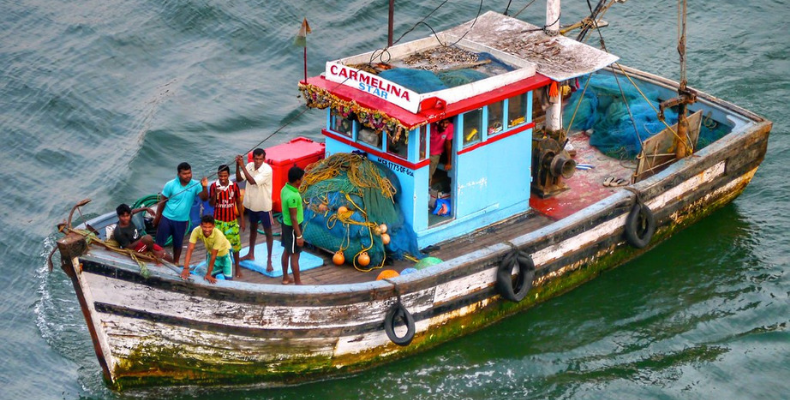If you’ve been to the market to do your daily dose of groceries, you will have probably noticed that the price of fish is suddenly quite high. Kingfish is about Rs. 1000 a kilo, while the humble Mackerel is selling for about Rs. 200 for half a dozen. If you’re curious as to why the sudden inflation, it’s because the annual fishing ban is coming soon, and demand for fish has gone up. But if fish is the staple food for Goa, why ban fishing? And how long is the ban on for? Will there be no fish available at all in the market? We’ll answer all those questions and more.
Fishy activities
Goa’s ban on fishing is an annual activity. Every year, the Department of Fisheries announces a 61-day ban on all fishing activity along the coast of Goa. The 61 days start on June 1 and ends on July 31. During this time, all mechanized fishing vehicles and trawlers are prohibited from carrying out large-scale fishing activities. The only exceptions that are made, are for small registered canoes using gill nets. Shore fishing by way of rods is also allowed.

Why the ban though?
Over half the population of Goa eats fish regularly, with a per capita fish consumption of about 8.49kgs. That means in a year, Goa consumes approximately 65 lakh kgs worth of fish. That’s a lot of fish! With that kind of consumption, Goa’s marine ecology is bound to be affected – so the Directorate of Fisheries takes measures to protect the fish population. During the 61 day ban, overfishing is avoided, which gives our marine ecology a chance to repopulate. Additionally, since large trawlers and mechanized fishing boats are banned from fishing, traditional fishing villages who use smaller canoes to fish have a chance at getting a better yield. Another important reason for the ban is that during these monsoon months, the seas are rough, and can be rather dangerous.
When can we start fishing again?
The ban on fishing is officially lifted on July 31. However, the end of the fishing ban is celebrated in a rather unique way by the Catholic community on August 10, the feast of St. Lawrence. St. Lawrence who is the patron saint of cooks, is the namesake of the Sinquerim Parish. Every year on the feast day of August 10, the parishioners gather on the Sinquerim hill (where the church of St. Lawrence is located) to celebrate the lifting of the fishing ban, and opening of the Mandovi river channel. In the old days, a rope was stretched between the church and Cabo Raj Niwas in Dona Paula, across the Mandovi. This was cut at the time of the feast celebrations as a symbol that the navigation channel was open for ships to pass through.
Where do we get fish from for the next 2 months?
That’s probably the most important question of all. Well don’t worry, there is still an abundance of fish to be found in Goa – even during the ban. Though the big trawlers aren’t able to go out to sea, it’s local fisheries that make up the majority of sales during this time. River fish like mudoshi or ‘lady fish’ is very common during the monsoons due to its availability in the rivers. Another interesting ‘fish’ to look out for is tambdem bhalem or ‘red eel’. These creatures are rather resilient, caught only for a few days when the rains are heaviest. You may see them in the market still alive because they last quite a long time. Other river fish that you’ll find in the market are tambuso (red snapper), chonak (sea bass), palu (sea bream) and dodiyare (croaker) which are usually caught along the river bank when the tide is high.
What are your thoughts on the fishing ban? Are you going to miss your favourite fish? Let us know in the comments below.


